From the July edition of pv magazine
All evolutionary paths for the world’s current and future solar PV systems are focused on increasing efficiency and maximizing power output. And while progress is being made along many fronts, the difficulty of addressing the irony that solar PV performance and lifetime are reduced by the heat of the sun remains a perennial problem.
“There’s real merit in operating solar systems at lower temperatures,” says Martin Green, scientia professor at the University of New South Wales, School of Photovoltaics and Renewable Energy Engineering (SPREE). He explains that “all parasitic effects,” or the chemical reactions that cause degradation within solar modules, are doubled by every 10-degree increase above ambient temperature (around 25° C). Depending on where in the world your panels are installed, they can heat up an extra 20° C, 30° C or more in sunlight. And it’s not just their lifetime that shrinks, but the voltage output, too.
Unlike cell design, “module design has its basis in the Jimmy Carter era. It really hasn’t changed since the early 1980s,” says Green, who has assembled a team to investigate four relatively simple approaches to “influencing the operating temperature of solar panels.”
Simon D. Meijer, CEO of Netherlands-based Coolback Company agrees. He says that module framing in particular “has not been developed over the past 40 years”. He adds that “it’s quite surprising that we have continued to spend money on framing without adding some intelligence.”
Heat sinks, water works
Coolback Company reframed the discussion at Intersolar Europe in May, when it launched its Coolback backsheet structure. Displaying its novel, metallic back sheet at the event for the first time with Italian PV module manufacturer Sunerg and other select partners, the solution drew considerable interest.
Coolback’s heat-sinking material incorporates a layer with an egg-carton-like profile that draws heat from the cells to a backsheet on the rear side of the modules and dissipates it via natural convection and radiation. The field-tested technology can be integrated into automated production lines through a new tool developed by equipment supply partner Eurotron.
Coolback claims the new system delivers a 3-5% annual increase in power output for no extra material cost, and is anticipated to increase the lifetime of solar PV modules, both by helping them to consistently keep their cool and by strengthening them against environmental load factors such as wind.
One potential challenge for Coolback is the bifaciality — the current fast-growing technology. With the rear side of the module completely shut off by the cooling rear-side structure, little to no light will reach the back of the cells.
Water has been widely but less successfully plumbed in as a potential solar-panel coolant by researchers throughout the world, variously using active and passive, front and rear-panel, spray, film and tubular approaches. The conclusion in general has been that water can be extremely effective in maintaining the equilibrium of solar panels, but incorporating water-based systems into module manufacturing or installation adds too much cost and complexity. And cooling by evaporation using automated sprinkler systems, although simple, is downright wasteful of one of the world’s most precious resources, which is rarely abundant in areas best suited to solar PV generation.
Other approaches include the work of Stanford’s Fan Group, under electrical engineer Shanhui Fan. In 2015, they invented a transparent coating of patterned silica that could be applied to solar cells to capture and radiate heat from infrared rays back to the atmosphere. It was found to improve absolute cell efficiency by more than 1%.
Low-hanging fruit
At UNSW, Green is focused on improving cell efficiencies by potentially a far greater percentage using low-cost processes that also include infrared reflection and radiative transfer. He explains that “there are some wavelengths of light in the far infrared that cells can’t use, but at the moment they are absorbed and just heat up the system. We’re trying to reflect those before they enter the module and if we could do that perfectly it would give us about a 3° C temperature drop.”
Enabling radiative transfer to the sky, which is generally 20°C cooler than the air close to the surface of the land, and also radiating to cooler areas around the panels, holds the greatest promise for boosting solar module efficiency, says Green. As manufacturers convert to bifacial modules, there is an accompanying push to increase the reflective qualities of the ground on which solar farms are constructed — covering the surface in white pebbles, for instance — which will cool the ground, and increase opportunities for radiative transfer.
Module frames, says Green, echoing Coolback’s thinking, also provide an opportunity to draw heat from the module. UNSW is working on its own technology now.
Green’s team is closest to commercializing a technology based on convection — heat loss through air drawn across the surface of the module. Unlike other approaches, this technology can be retrofitted to already installed solar systems. “We’ll convince someone who’s operating one of the big solar arrays in Western New South Wales to let us apply these to a segment of their field,” Green says. “And gather some really good data on the advantages.”
Overall, the four heat-reducing technologies favoured by UNSW are each likely to deliver three or four degrees of temperature reduction.
Green says that a 10° C decrease should be experimentally easy to achieve, but integrating the technologies into production at low cost, and with minimal change to current industry processes, is the challenge he most looks forward to overcoming.
A five-degree reduction would still be “significant”, he says, “because it will give a 40% increase in the time it takes for solar cell performance to degrade by 20%, and it will also improve the power output of the modules while they are operating.” Green calculates this would deliver a total increase in energy production from solar PV modules of around 50% over their enhanced lifetime. That’s a prospect which should give solar farm developers goosebumps.
This content is protected by copyright and may not be reused. If you want to cooperate with us and would like to reuse some of our content, please contact: editors@pv-magazine.com.
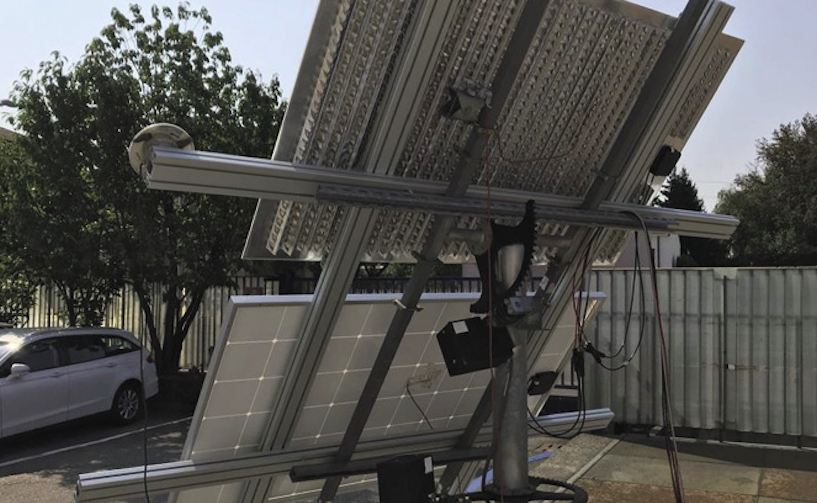
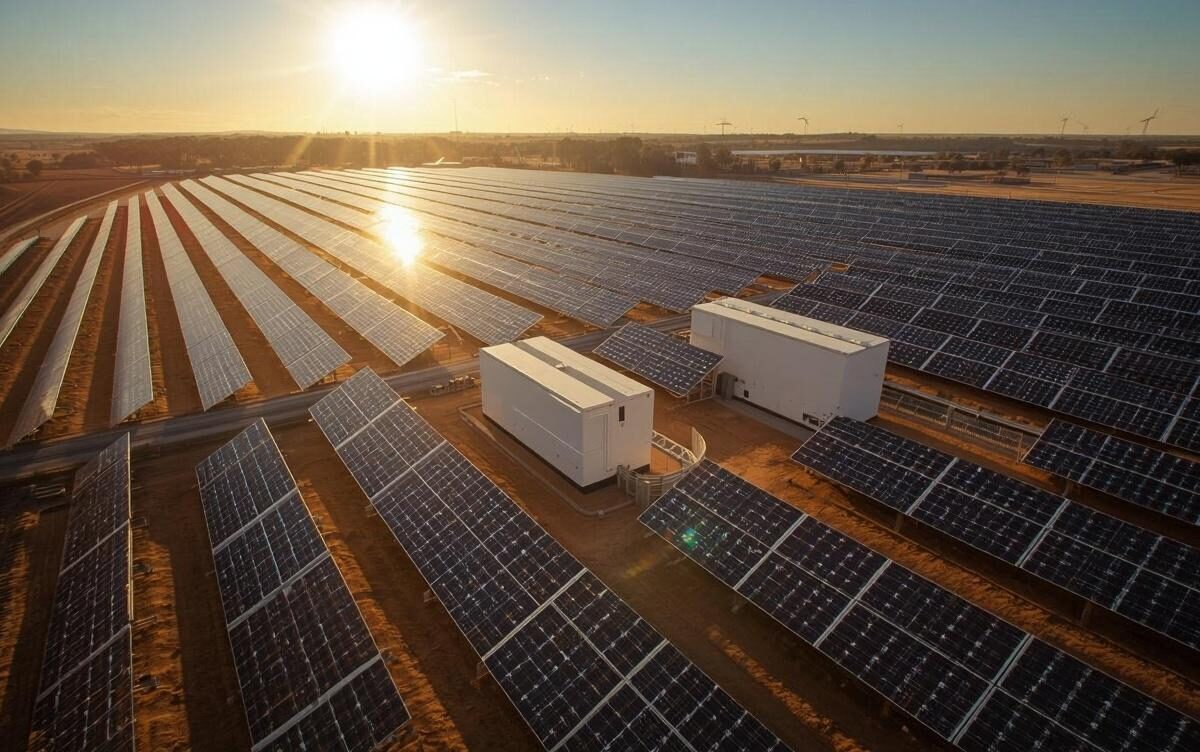


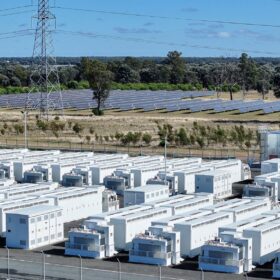

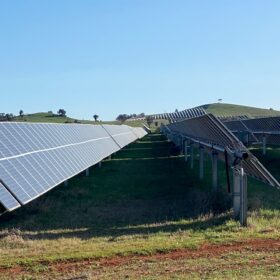
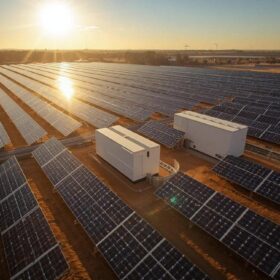
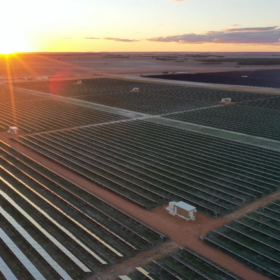
There was some guy trying to get his product patented, that was supposed to make any solar PV panel at least 20% more efficient by pulling heat out of the panel and using it to heat domestic hot water. It either didn’t happen or there were problems with the heat transfer from panel to water. It would be nice to be able to use the heat of the day to also heat the hot water system and not have to use electricity or gas to heat water 24/7.
“”A five-degree reduction would still be “significant”, he says, “because it will give a 40% increase in the time it takes for solar cell performance to degrade by 20%, and it will also improve the power output of the modules while they are operating.””
Sunovate does this and more. We cool the panels with our patented system air cooling system, we produce more electricity and the heat we capture we put to good use such as space, water and pool heating. Its a scalable system that can be applied to domestic through to large field arrays.